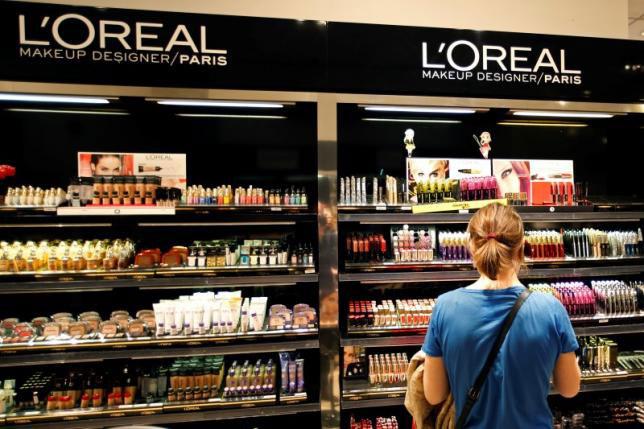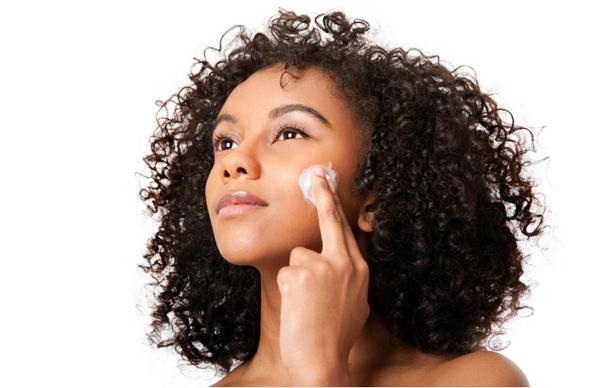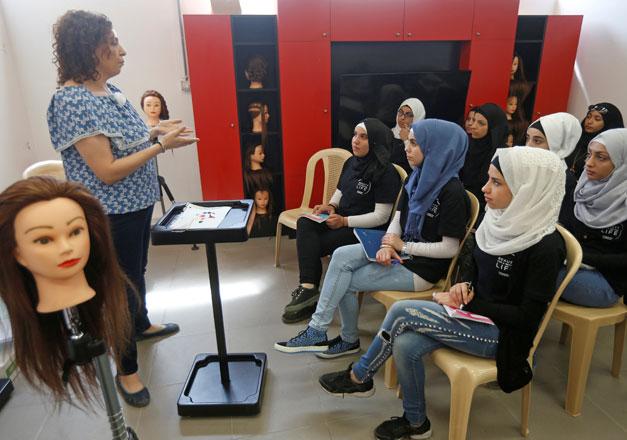You are here
Tech, beauty intersect in Silicon Valley
By AFP - Jun 12,2016 - Last updated at Jun 12,2016

A woman stands in front of a sales display counter of French cosmetics group L’OREAL (Reuters file photo)
SAN FRANCISCO — The beauty industry has long relied on creating a sense of mystery, magic even, around its creams, powders and potions. But now it has something else up its sleeve: high technology.
French cosmetics giant L’Oreal has opened a “tech incubator” employing two dozen people in San Francisco and elsewhere seeking ways to use big data and algorithms to win the hearts and minds of customers.
It may involve analysing large data sets to find the right colour for nail polish, or patches that measure absorption of ultraviolet radiation — or using technology to spot emerging beauty trends ahead of the curve.
The French group is hoping that Silicon Valley’s talents can help it improve its products and connect better with customers.
Guive Balooch, who heads the San Francisco incubator, said he sees how these kinds of analytics and other technologies can help improve beauty products.
One of the innovations from the team has resulted in the L’Oreal Lancome brand developing an individualised makeup foundation, known as “Le Teint Particulier”.
This system, now used in some retail outlets, scans a person’s skin and uses an algorithm that designs a custom-blended product based on skin tone. The system was developed by California startup Sayuki, which L’Oreal bought in 2014.
L’Oreal’s team also created the Makeup Genius application which uses virtual reality to allow people to try various makeup schemes on their smartphone. It has been downloaded some 20 million times.
The cosmetics company also worked with California Organovo for “bioprinting”, creating three-dimensional human tissue to test its cosmetics and pharmaceuticals, and with PCH Lime Lab, a San Francisco design and engineering firm on the patch that sticks to one’s skin and changes color with exposure to sun rays.
Hair tech
The L’Oreal team also hopes one day to have a Genius app on hair colour, which could help another key product line, if it can overcome technical challenges.
“Hair colour is very complex, because you have 100,000 fibres on average in your hair, on your head, and they’re all moving in different directions,” Balooch said.
L’Oreal wants to stay on top of trends, and the data analytics team can play an important role, says Balooch.
“We do know from anonymous data what colours people are trying all around the world, we know what products they’re trying, we know how long they’re using them before trying something else,” Balooch said.
Being aware of new trends is also critical for marketing efforts. L’Oreal is working with Google, with whom it has an online advertising deal, to help better understand fashion trends by studying search queries.
This could allow L’Oreal to place ads better based on keywords, according to its digital strategist Axel Adida.
Adida said it is important “to be on point with the latest fashion that comes up on the street”.
“The thing which is very cool when you work with Google, it’s a sort of beauty insight centre,” he added.
“So the things that come up and that pop up as a novelty, the new fashion and beauty, a lot of it is being searched very early. You see little things moving in the trends — and you end up with something as big as smoky eyes.”
Related Articles
By Anna Almendrala She had been buying face cream through a friend of a friend for 12 years.
BAR ELIAS, Lebanon — As a Syrian refugee in Lebanon, Nour knows life can be tough. So the 15-year-old leapt at the chance to train as a
AMMAN — Cosmetic prices are expected to increase by 10 to 15 per cent amid the global price increase, stakeholders say. “Skin car


















